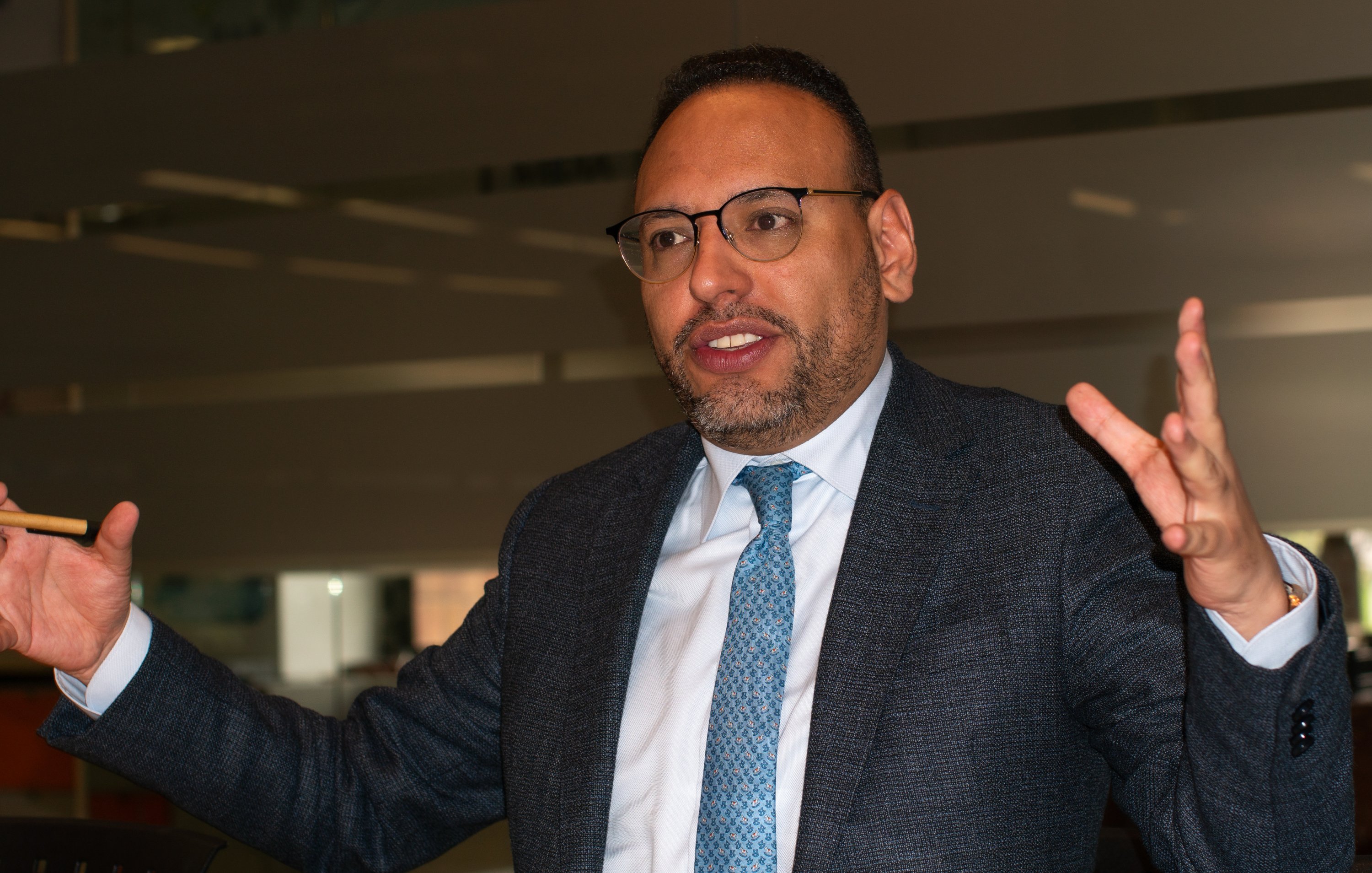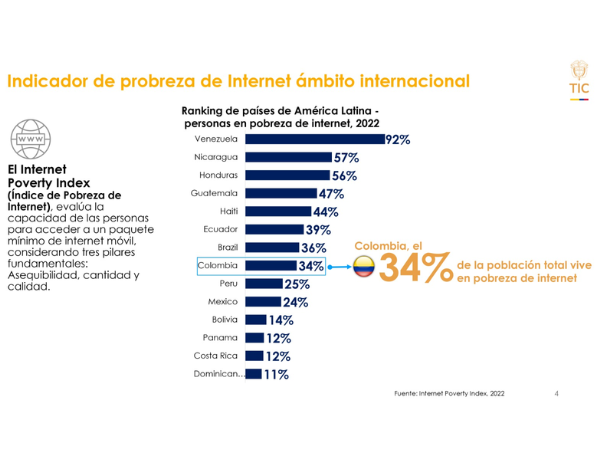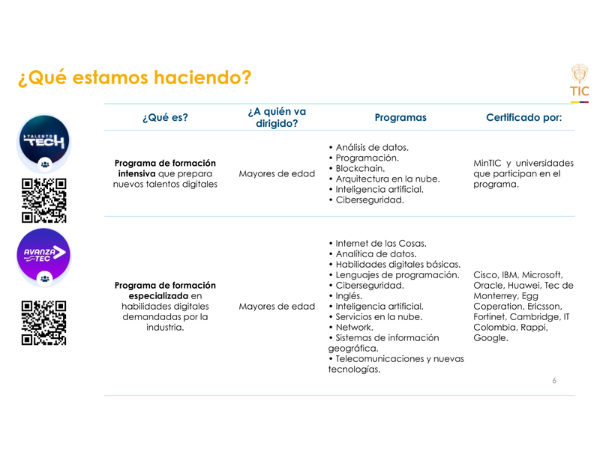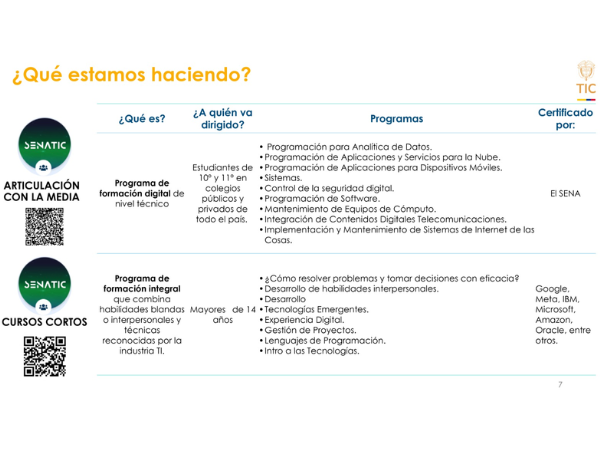Colombia exceeds the Latin American average in internet use, but still has a 33% digital divide.

Colombia has made progress in internet access, but profound challenges remain that prevent equitable and widespread use of the technology in all regions. With 33% of the population still lacking digital connectivity, the Ministry of Information and Communications Technology has outlined a clear path to closing this gap.
In an interview with EL TIEMPO, Minister Julián Molina explains the strategies, investments, and challenges the country faces on its path to ensuring digital access for all.

Julián Molina, Minister of ICT (Information and Communications Technology) Photo: Sergio Medina / EL TIEMPO
We face a major challenge. The digital divide in Colombia is approximately between 31% and 33%. That 33% represents the deepest inequality we have yet to close. Because closing the digital divide means closing the great inequalities of tomorrow. Furthermore, it is inversely proportional to the economy: as the gap narrows, the country's productivity increases.
How does Colombia compare to other countries in terms of internet usage? Colombia is a middle-income country. On average, middle-income countries have 68% internet usage. We're higher, at 79%. While we're still far from the 93% of high-income countries, it's good news: we're moving in the right direction.

International Internet Poverty Indicators Photo: Courtesy of MinTIC
Closing it requires a clear path. The first step is motivation: many people, especially older adults, have never used the internet; they don't feel part of that reality. And when something isn't familiar, it doesn't feel necessary. Then comes physical access, which involves two things: connectivity and devices. The state has a huge task here.
What progress has been made in connectivity in rural schools? When we arrived, only 12% of rural schools had internet access. Today, we're at 56%, and our goal is to reach 86% before the end of this year. Connecting schools is key because that's where the development of digital skills begins from childhood.

Route to reduce digital poverty Photo: Courtesy of MinTIC
The Government of Change has invested 2.5 trillion pesos in connectivity, a trillion more than previous administrations. And it's not just about connectivity; it's also about creating conditions for digital education. There's a structural commitment to closing the gap.
How are these networks being brought to the territories? We work with several models. One is backbone networks, which are like the internet's major highways. From there, local service providers (ISPs) connect homes in what we call "the last mile." We've also developed the connectivity communities model, where we empower the community itself to manage and administer its own internet service in places where large operators don't reach.

Actions to reduce digital poverty Photo: Courtesy of MinTIC
We have a National Connectivity Plan that goes beyond this administration; it's a state plan. It includes connectivity rings and redundant networks, so that no municipality is isolated if a network fails. It's an effort to guarantee sustainable and reliable access throughout the country.

Actions to reduce digital poverty Photo: Courtesy of MinTIC
The main issue is budget, as is the case in many countries. That's why we work with the concept of digital poverty, which currently affects nearly 30% of the population. It's not enough to simply deploy networks; we must also educate and support people so they can take ownership of the internet, because access, without actual use, doesn't close any gaps.
Ana Cristina Álvarez Montoya
eltiempo





